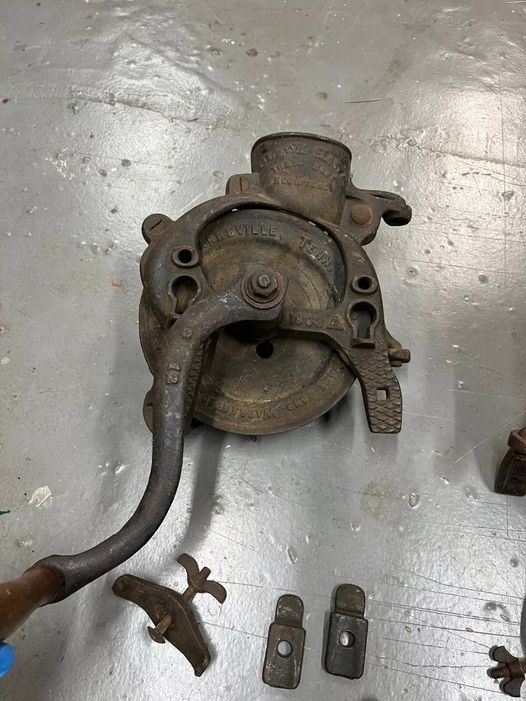History
The vintage walnut huller originated in the late 19th and early 20th centuries, a period when efficient food preparation tools gained importance. As walnuts became more popular, the demand for effective processing tools increased. Designed to remove the outer husk from walnuts before cracking, early hullers were typically made from durable cast iron. These models featured hand-cranked mechanisms or lever systems, reflecting the era’s emphasis on practical and robust kitchen tools.
Usage
The vintage walnut huller was engineered to strip away the green outer husk from walnuts, an essential step before shelling. Users would place walnuts into the huller, which employed various mechanisms to peel off the husk. Some hullers used rotating blades or brushes, while others relied on manual pressing or squeezing. Removing the husk was crucial for preparing walnuts for consumption or further processing, making the huller indispensable for handling large quantities of walnuts.
Legacy
The vintage walnut huller holds a significant place in the history of kitchen tools and early 20th-century agricultural innovation. Although modern processing techniques have largely replaced manual hullers, these vintage tools remain valued by collectors and culinary enthusiasts. Their robust construction and distinctive design make them cherished collectibles.
Today, you can find vintage walnut hullers in antique shops, estate sales, and online marketplaces. Whether used as functional tools or displayed as historical artifacts, they stand as a testament to the ingenuity of past generations in food preparation.

Leave a Reply